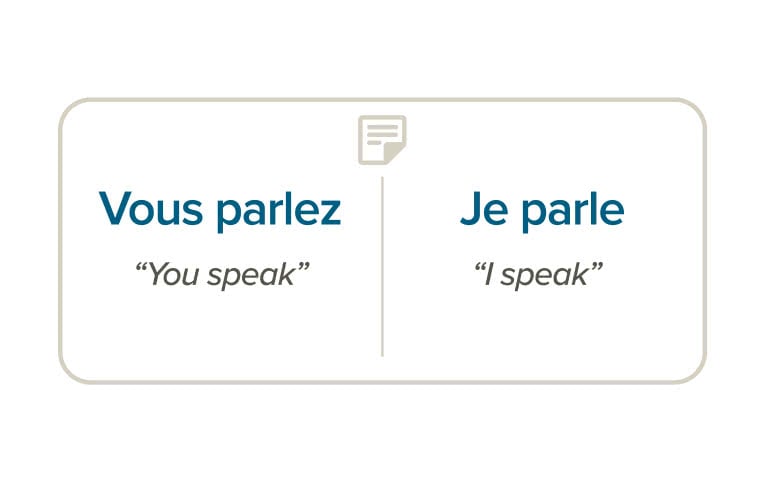How Mango Works
Learning a new language isn’t easy. It is a commitment which requires consistent interaction with the unknown and the unfamiliar, but one which leads to rewarding discoveries along the way. A blend of the right content at the right time, with intelligent algorithms, high-quality audio, and powered by proven methodologies, Mango’s adaptive learning process evolves to your progress and unique learning behaviors, preparing you to start the conversation with confidence.
Mango learns how you learn, and adapts accordingly
Mango adapts to your unique learning style, so you pick up on new vocabulary, intuit unfamiliar grammatical structure, and train your pronunciation, all while boosting your cultural IQ.
Listening and reading activities
Lessons involve a rich mix of listening and reading activities, so you can make sense of written and spoken contexts.


All-in-one interface
A simplified learning environment presents content structure, review progress, and learning activities front and center, while streamlined navigation encourages you to explore different topics in your target language.
Review system
Intelligent algorithms are active behind the scenes, and provide you with a personalized review experience that adapts to your progress and learning behaviors.

Relevant learning material puts your new knowledge into context, boosts your understanding of language structure, and challenges you to practice what you’re learning.

Critical-thinking exercises
Critical-thinking activities encourage you to put what you’re learning into practice. Apply new vocabulary to learned material, so you’ll commit content to memory for effortless recall when you begin putting your skills to practice.

Memory-building exercises
Memorization exercises use repetition to challenge your recall of learned material through quick review sequences to ensure you maintain what you learn.

Grammar notes
Every lesson explains the underlying grammatical structure, giving you the tools you need to start speaking confidently.

Culture notes
Insightful cultural notes apply cultural context to what you’re learning, creating a more profound understanding of your chosen language.
High-quality native speaker recordings and sophisticated AI-generated audio allow you to train your ear to the nuances of pronunciation and accent.

Voice comparison
Record your speech and compare it with the target language audio to hone your pronunciation to a level that would impress the locals.

Pronunciation practice
Phonetic prompts and articulated audio are built into every word and phrase, designed to refine your accent and tune your ear to the tonal nuances your chosen language will present when you start the conversation.

Understood and literal meanings
Not all interpretations are created equal. Interpret idioms, figures of speech, and non-translatable concepts that are often independent of the literal translations.

Semantic color mapping
Draw connections between the language you’re learning and your native language to gain a deeper insight into the grammatical structure and mechanics of both.
The Mango learning system focuses on intuitive language construction through a conversation-based methodology that reinforces grammar, vocabulary, culture, and pronunciation, the four key elements of becoming a confident communicator.

Intuitive Language Construction
Intuitive Language Construction builds the four conversational skills necessary to establish meaningful connections in a new language: vocabulary, pronunciation, grammar, and culture.

Building-block approach
At the beginning of each chapter, lesson material is presented in conversational context, broken up as the lesson progresses, and built back up by the learner, as they’re presented with new vocabulary, retention exercises, and cultural context that complement the learning material with a backdrop of cultural context.

Vocabulary
The Mango platform is designed to introduce new words and phrases at various intervals, through memory-building and critical-thinking exercises, and activities built to retain what you’ve learned, so you’re familiar with how to absorb and apply relevant vocabulary to the grammatical structures you’ve already learned.


